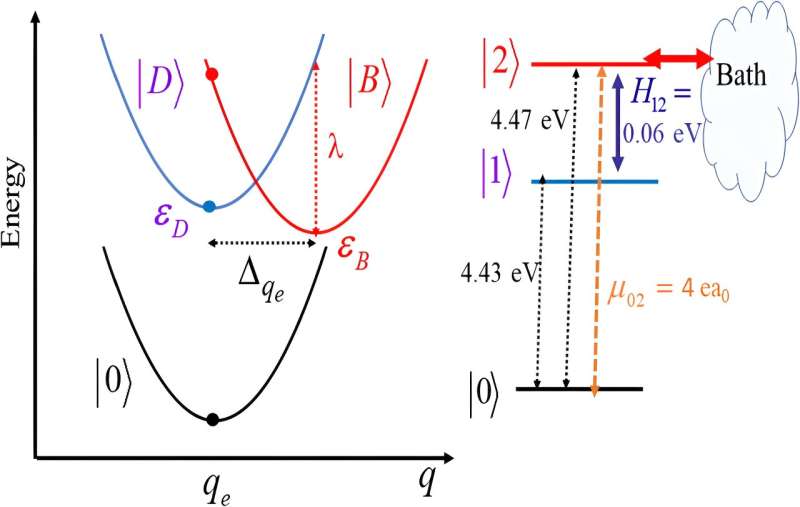This article has been reviewed according to Science X's editorial process and policies. Editors have highlighted the following attributes while ensuring the content's credibility:
fact-checked
trusted source
proofread
Capturing the evolution of complex quantum systems

Through a new survey, researchers show how mathematical representations named 'tensor trains' can help to capture and simulate the dynamics of evolving quantum systems across a range of different scenarios.
Many quantum systems are heavily influenced by their surrounding environments, making them incredibly challenging to describe theoretically. To capture the dynamics and evolution of these systems, researchers often use mathematical representations named tensor trains.
Through new research published in The European Physical Journal Special Topics, a team of researchers from four different institutions in France show how tensor trains can be implemented to describe and simulate quantum systems.
The team's findings could lead to helpful new insights in many scenarios where evolving quantum systems interact with their environments. Among the most important of these is quantum computing—where reducing the interaction between qubits and their surroundings can help them retain their quantum information for longer.
Systems containing many interacting quantum particles can be governed by many different variables, making it incredibly challenging for researchers to capture their dynamics and evolution. In many cases, however, their overall properties may only depend on a limited number of variables—so the system as a whole can be described as a subsystem embedded in its environment.
Today, researchers often represent and simulate these embedded subsystems using mathematical structures named tensors: with higher-order tensors describing systems governed by higher numbers of variables. To simplify their descriptions further, tensor trains can be used to break down higher-order tensors into sums of lower-order tensors.
To do this, the team turned to a theoretical framework named 'hierarchical equations of motion' (HEOM). In their study, they demonstrated how the tensor train format can be implemented using HEOM, with an aim to describe the evolution and dynamics of quantum systems embedded in their environments.
The team now hopes their survey will become a valuable resource for researchers in future studies, helping them to explore a wide array of evolving quantum systems using accurate simulations.
More information: Etienne Mangaud et al, Survey of the hierarchical equations of motion in tensor-train format for non-Markovian quantum dynamics, The European Physical Journal Special Topics (2023). DOI: 10.1140/epjs/s11734-023-00919-0
Provided by Springer





















